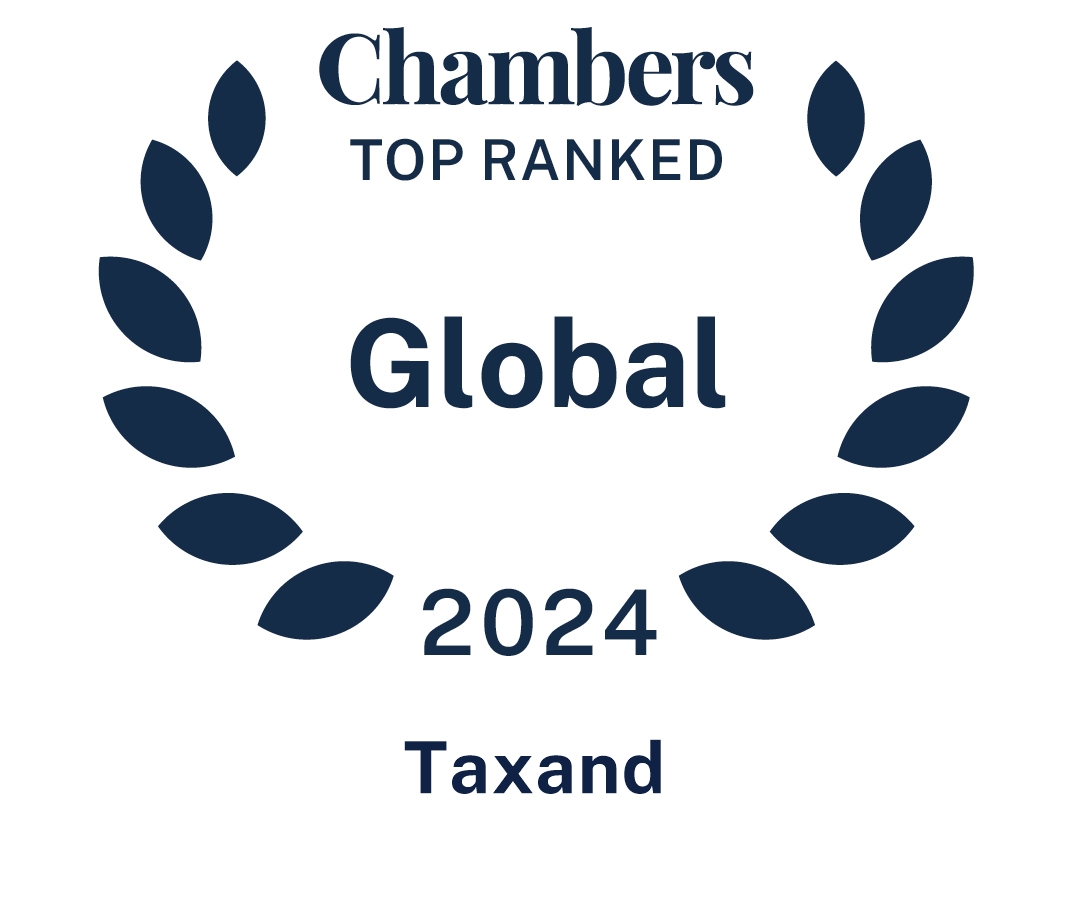As we enter the height of the 2018 compliance season, many taxpayers are wrestling with the nuances of the Tax Cuts and Jobs Act for the first time. They are, in many cases, brought about by virtue of the new and modified IRS forms, which demand a substantial amount of disclosure relative to prior years. One surprise catching taxpayers off guard is the scope of the base erosion and anti-abuse tax, or BEAT.
Despite being advertised as a tax on ‘large’ corporations, the BEAT’s aggregation rules can rope in taxpayers who had believed themselves to be far beyond its grasp. Even if not subject to BEAT taxation, many companies will be surprised at the level of reporting that is still necessary. This article discusses potential BEAT traps that all corporate taxpayers should review immediately.
BEAT Refresher
The BEAT operates as a minimum tax on corporations that make substantial deductible outbound payments to foreign related parties (referred to as “base erosion payments”). Taxpayers are required to compute a modified taxable income by adding back the tax deductions associated with such payments and subjecting the modified taxable income to a 10 percent tax rate (five percent for 2018; 12.5 percent after 2025). If this tax exceeds regular tax, the taxpayer owes the difference.
Congress advertised the BEAT as a tax on corporations with substantial gross receipts, limiting its applicability to companies with U.S. annual taxable gross receipts of at least $500 million (based on a three-year average). Additionally, the BEAT does not apply to taxpayers whose deductions for base erosion payments are less than three percent of total deductions (the “base erosion percentage”). If both thresholds are exceeded, the corporation is considered an “applicable taxpayer,” and subject to the BEAT.
Discover More: The BEAT: A Tax Aimed at Large Corporations Actually Hits Many Small Ones


